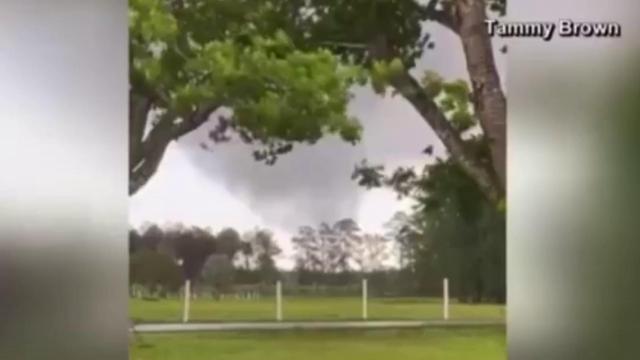How to Stay Safe During a Tornado Warning: Essential Tips and Information
Tornadoes are among the most dangerous natural disasters in the United States. When a tornado warning is issued, it means a tornado has been spotted or detected on radar, and immediate action is crucial. Understanding what to do during a tornado warning can save lives.

What Is a Tornado Warning?
A tornado warning is an alert from the National Weather Service (NWS) indicating a tornado is either occurring or will soon. This differs from a tornado watch, which signals that conditions are right for tornadoes but none have been confirmed. When you see a tornado warning for your area, seek shelter immediately—preferably in a basement or interior room away from windows.
Recent Tornado Events and Real Examples
Staying informed about recent tornadoes helps communities prepare and respond. For example, in Jamesville, North Carolina, a tornado was recently confirmed but did not cause visible damage. This event received a rare 'EF-U' (EF-Unknown) rating from the National Weather Service, as no damage was found to estimate wind speeds. Learn more about this unique situation and how tornado ratings work by reading the detailed coverage on WRAL.
For ongoing severe weather updates, including tornado warnings issued for specific areas, it is essential to monitor reliable local news outlets. For example, information about a tornado warning in Edgecombe County is available at CBS17 weather alerts.
Safety Tips During a Tornado Warning
- Get to Safety: Go to the lowest floor in your home, such as a basement. If there is no basement, move to an interior room with no windows.
- Stay Informed: Use a NOAA Weather Radio, local TV, or smartphone alerts to keep track of warnings and updates.
- Protect Yourself: Cover your head and neck with a sturdy object or your arms to guard against flying debris.
- Avoid Windows: Flying debris can shatter glass and pose severe risks.
- Mobile Home Residents: If you live in a mobile home, move to a nearby sturdy building if possible.
Understanding Tornado Ratings and Reporting
After a tornado, the NWS investigates damage to rate its strength using the Enhanced Fujita (EF) scale. Ratings range from EF-0 (weakest) to EF-5 (strongest). Sometimes, as with the Jamesville tornado, there is no damage to rate, highlighting why community reports and photos are important. For a more in-depth look at tornado ratings, check the full breakdown provided by WRAL.
Conclusion: Act Fast, Stay Safe
When a tornado warning is issued, seconds matter. Know the difference between watches and warnings. Have a plan and shelter location ready. Stay updated with reliable sources and remain calm. By following these guidelines, you can protect yourself and your loved ones during severe weather events.